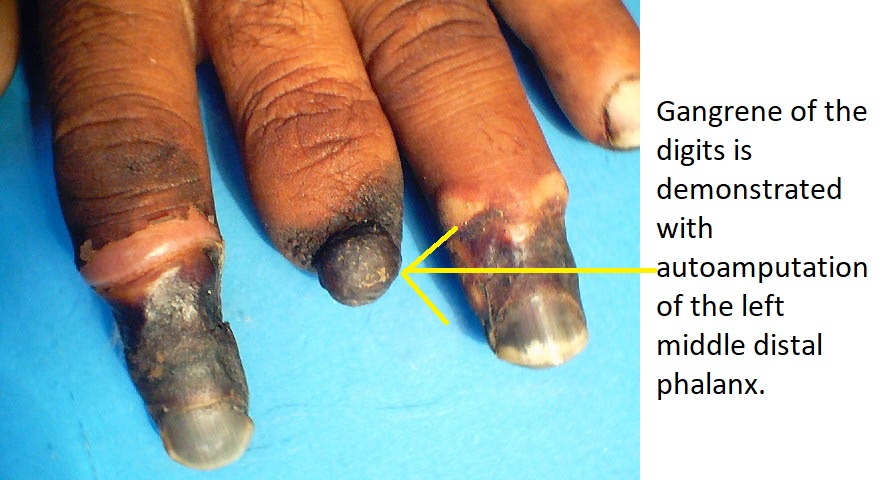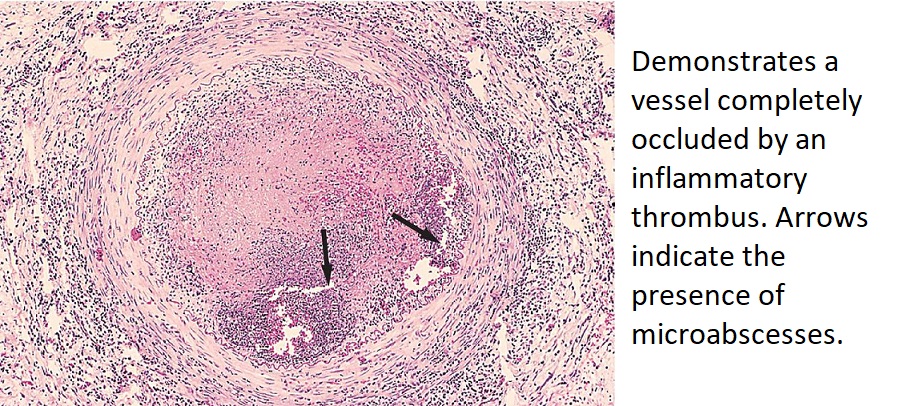Buerger’s Disease, also known as Thromboangiitis Obliterans or TAO, is a rare but serious condition that primarily affects the blood vessels of the arms and legs. It leads to inflammation and clotting in the arteries and veins, resulting in reduced blood flow to the extremities. This article provides an in-depth look at this condition, including its causes, symptoms, diagnostic methods, and available treatments.

What is Buerger’s Disease?
Buerger’s Disease is a progressive inflammatory disorder that predominantly affects young and middle-aged individuals who smoke heavily. The disease targets small and medium-sized blood vessels, causing them to become inflamed and blocked by blood clots. Over time, this obstruction restricts blood flow to the affected areas, leading to tissue damage and, in severe cases, gangrene.
This condition is strongly associated with tobacco use, particularly cigarette smoking. While it is most commonly observed in men, women can also develop the disease. The exact cause remains unclear, but researchers believe that an autoimmune response triggered by tobacco exposure plays a significant role in its development.
Risk Factors for Developing Buerger’s Disease
- Tobacco Use: Smoking cigarettes or using other forms of tobacco is the primary risk factor. Individuals who smoke heavily are at the greatest risk.
- Age and Gender: The disease typically affects individuals under the age of 45, with men being more frequently diagnosed than women.
- Genetic Predisposition: Some studies suggest that genetic factors may make certain individuals more susceptible to developing the condition.
- Geographic Location: Buerger’s Disease is more prevalent in certain regions, such as Southeast Asia and the Middle East, where tobacco chewing is common.
Symptoms of Buerger’s Disease
The symptoms of Buerger’s Disease often begin gradually and worsen over time. They primarily affect the hands and feet but can extend to other parts of the arms and legs. Early recognition of these symptoms is crucial for timely diagnosis and treatment.
Common Symptoms
- Pain in the Limbs: One of the earliest signs is intermittent pain in the hands or feet, which occurs during activity and subsides with rest. This is known as claudication.
- Cold Sensitivity: Affected individuals may experience heightened sensitivity to cold temperatures, leading to discomfort or pain in the extremities.
- Changes in Skin Color: The skin on the fingers or toes may appear pale, bluish, or reddish due to poor blood circulation.
- Ulcers and Sores: Open sores or ulcers may develop on the fingers or toes, often accompanied by slow healing.
- Gangrene: In advanced stages, the lack of blood flow can lead to tissue death, resulting in gangrene. This is a medical emergency requiring immediate intervention.
Less Common Symptoms
- Numbness or Tingling: Reduced blood flow can cause sensations of numbness or tingling in the affected limbs.
- Raynaud’s Phenomenon: Some individuals may experience episodes where their fingers or toes turn white or blue in response to cold or stress.
Diagnosing Buerger’s Disease
Diagnosing Buerger’s Disease can be challenging because its symptoms overlap with those of other vascular conditions. A thorough evaluation by a healthcare professional is essential to rule out other potential causes and confirm the presence of the disease.
Diagnostic Tests and Procedures
- Physical Examination: A doctor will assess the patient’s symptoms, medical history, and lifestyle habits, particularly tobacco use.
- Allen’s Test: This simple test evaluates blood flow to the hands by compressing the arteries and observing how quickly blood returns upon release.
- Angiography: Imaging techniques such as angiography can provide detailed pictures of the blood vessels, revealing blockages or narrowing.
- Doppler Ultrasound: This non-invasive test uses sound waves to measure blood flow and detect abnormalities in the arteries and veins.
- Blood Tests: Although no specific blood test confirms Buerger’s Disease, tests may be conducted to rule out other conditions like diabetes or autoimmune disorders.
Treatment Options for Buerger’s Disease
There is no cure for Buerger’s Disease, but early intervention and lifestyle changes can significantly improve outcomes. The primary goal of treatment is to halt the progression of the disease, relieve symptoms, and prevent complications such as gangrene.
Lifestyle Modifications
The cornerstone of managing Buerger’s Disease is quitting tobacco use. Continued smoking or tobacco exposure will exacerbate the condition and render other treatments ineffective.
- Smoking Cessation: Complete abstinence from all forms of tobacco is mandatory. Support programs, counseling, and medications may help individuals quit successfully.
- Avoiding Cold Exposure: Keeping the extremities warm and avoiding cold environments can reduce symptom flare-ups.
- Healthy Diet and Exercise: A balanced diet and regular physical activity promote overall cardiovascular health and improve circulation.
Medications
While medications cannot reverse the damage caused by Buerger’s Disease, they can alleviate symptoms and manage complications.
- Anti-inflammatory Drugs: Nonsteroidal anti-inflammatory drugs may help reduce inflammation and relieve pain.
- Vasodilators: These medications widen blood vessels, improving blood flow to the affected areas.
- Blood Thinners: Anticoagulants may be prescribed to prevent blood clots from forming or worsening.
Surgical Interventions
In severe cases where conservative treatments fail, surgical procedures may be necessary to restore blood flow and prevent amputation.
- Sympathectomy: This procedure involves cutting or blocking the nerves responsible for constricting blood vessels, thereby improving circulation.
- Bypass Surgery: A surgeon may create a detour around blocked arteries to restore blood flow to the affected limb.
- Amputation: In cases of extensive tissue damage or gangrene, amputation of the affected limb may be unavoidable to prevent life-threatening infections.
Alternative Therapies
Some patients explore complementary therapies to manage symptoms and improve quality of life. While these approaches should not replace conventional treatments, they may offer additional benefits when used alongside medical care.
- Hyperbaric Oxygen Therapy: This treatment involves breathing pure oxygen in a pressurized chamber to promote wound healing and tissue repair.
- Acupuncture: Some individuals report relief from pain and improved circulation through acupuncture sessions.
- Herbal Supplements: Certain herbs, such as ginkgo biloba, are believed to enhance blood flow, though their efficacy remains unproven.
Living with Buerger’s Disease
Managing Buerger’s Disease requires ongoing commitment and vigilance. Regular follow-up appointments with healthcare providers are essential to monitor the condition and adjust treatment plans as needed. Patients must remain proactive in adopting healthy habits and adhering to prescribed therapies to minimize the risk of complications.
Support groups and counseling services can also play a vital role in helping individuals cope with the emotional and psychological challenges associated with chronic illness. Connecting with others who share similar experiences can provide valuable encouragement and practical advice.





